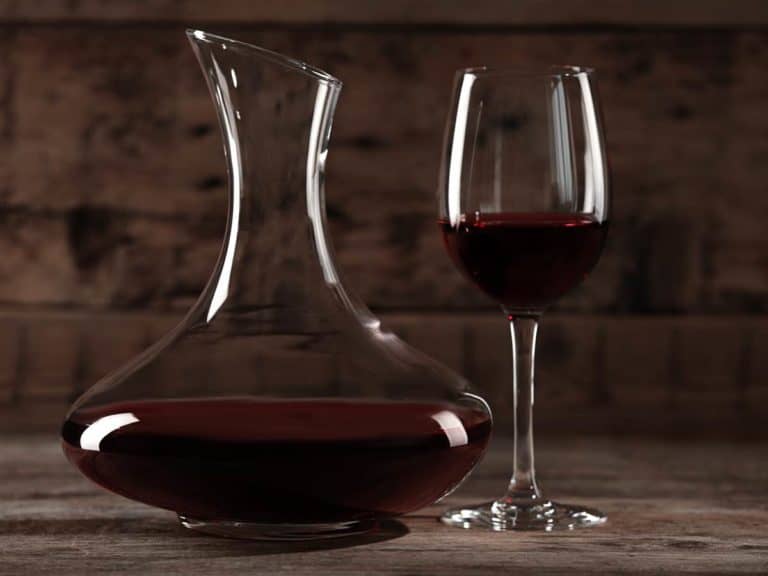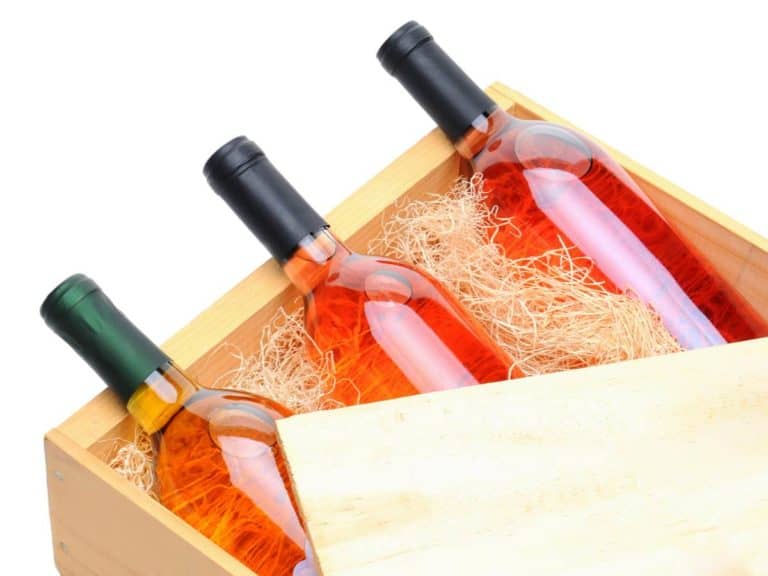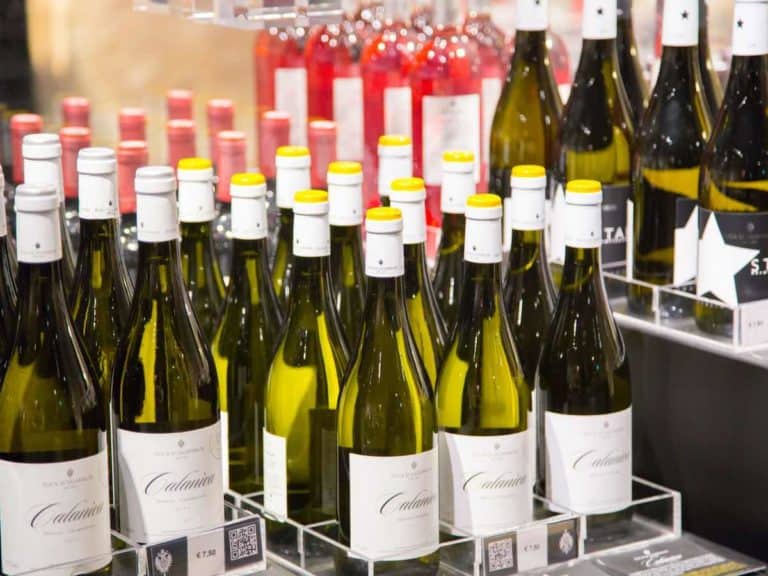How To Make Homemade Blush Wine
A good bottle of blush wine pairs well with a range of food items and can be an excellent addition to any wine cellar. However, a poor quality bottle will be bland, flavorless, and bring down the mood of any event it’s served at.
So when you’re considering making blush wine at home, you must be super careful and plan out your winemaking process before you get started to make sure you get the best product.
Before getting into specifics, there are some general guidelines you need to be aware of.
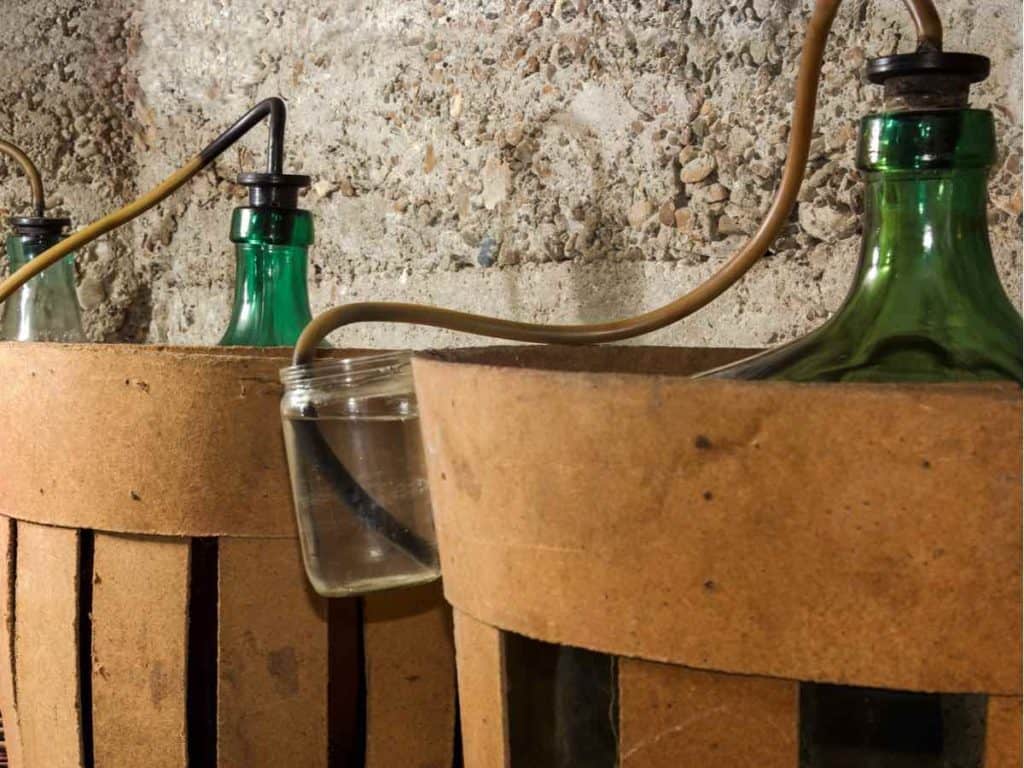
General Guidelines
1. Start Early In The Day
Make sure you have enough time to monitor the extraction period. From the time you start extracting juice from the grapes to the time all the juice has been removed, you need to be paying close attention to your materials.
So avoid starting the winemaking process late in the evening or at night. Do it in the morning so you can make it through the juice collection in one sitting within the day.
2. Prepare A Cooling Space
Have a lot of refrigeration capacity on standy. You need to ferment the wine juice at low temperatures immediately after you’ve prepared it. Trying to empty fridge space at that time will negatively affect the quality of your wine because you’ll have to leave it standing in the open air.
3. Keep Your Cellar Clean
You need to maintain sanitary cellar practices. It’s no use putting in hours and hours of effort to make a quality bottle of blush wine if it will go bad before you even get to open it. Keep the cellar clean, set up an efficient air ventilation system, and dust the shelves for dirt regularly.
4. Bottle And Drink Up Quickly
Bottle within 4 to 8 months of the wine’s inception and drink it before the next vintage. By the time you’re picking grapes for a new batch of blush wine, all the old wine should be finished. Saving a bottle here and there isn’t a good idea.
While you can get away with storing a bottle of red or white in a store and claim you’re aging it, you simply can’t do the same for blush wine.
With these guidelines out of the way, let’s take a look at all the components of making a blush wine. We’ll go over everything from grape varieties to different winemaking techniques.
Picking Grapes
The grapes used in making a blush wine are the same as those used to make red wines. The only difference is that you’ll pick the fruit earlier. This means that you can use the same grapes at a greater degree of ripeness to make red wines.
For example, White Zinfandel, a well-known blush wine, is made with the same grapes as Red Zinfandel but the two are quite different from one another. The former is an off-dry to sweet rosé while the latter is a bold red wine.
As grapes become riper, their sugar content increases and acidity decreases. Grapes with a higher sugar content produce wines with a higher alcohol by volume ratio. The typical red has an ABV value of 14.5% but this is too high for even a strong blush wine.
Having a lower alcohol content level automatically means your wine will be more acidic which is quite welcome when it comes to blush wines.
This is why you need to pick grapes at an earlier stage than you would if you were making a red.
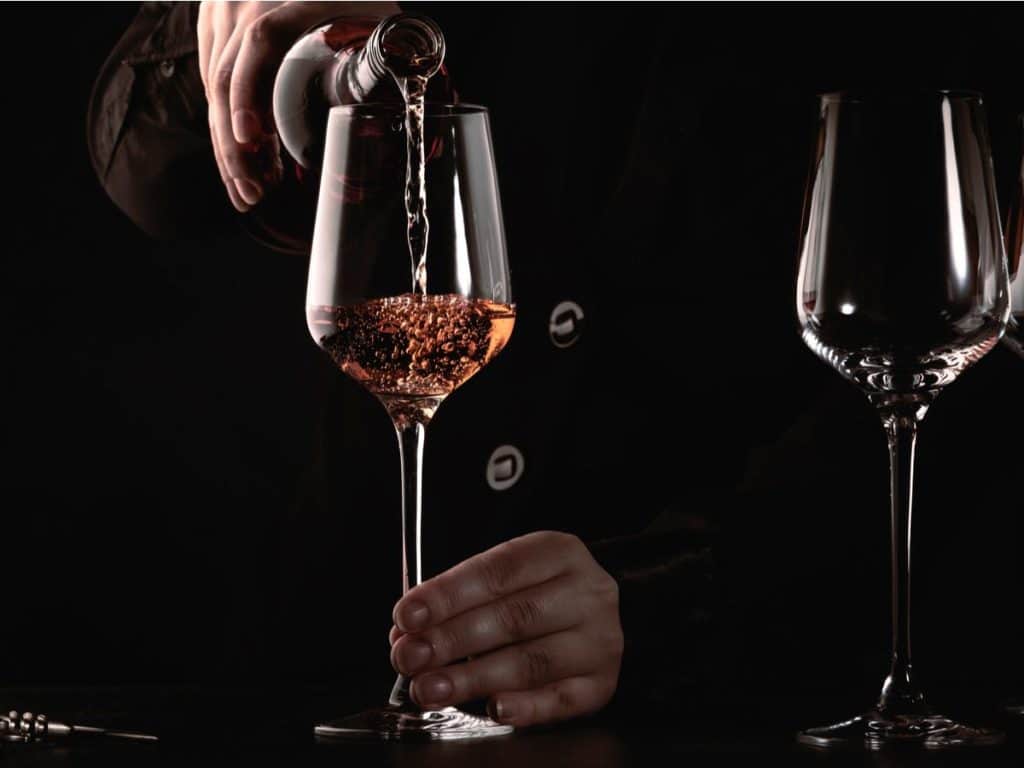
Grape Varieties
There are a lot of different grape varieties used to make blush wines. Some of the most common ones include:
- Grenache
- Pinot Noir
- Sangiovese
- Mourvedre
- Carignan
- Syrah
- Cinsault
You can plant and pick one or more of these varieties depending on what flavors interest you. Your blush wine can be made from several varieties of grapes or a single variety. Californian blush wines are known to be a single varietal, made from 100% pinot noir grapes.
You can follow suit and make a blush from only one variety as well. Alternatively, create your own customized blend.
Blush Winemaking Processes
The next thing you need to be familiar with to make your own bottle of blush is the winemaking process itself. Winemakers globally use a range of techniques to make their product depending on what they believe is most efficient in addition to what flavor they’re looking for.
You can either investigate your favorite blush wine and figure out which method it was produced with or pick the technique you believe is the easiest and most effective.
1. Maceration
Maceration is the most common way of making blush wine and is practiced in Provence, France. Given that Provence is known as the blush wine capital of the world, it comes as no surprise that this method is typically believed to have the best results.
The grapes are picked a little earlier than they would be if they were being used to make a red wine. Then the juice is extracted from them. This juice is usually colorless while the grape skins are filled with both color and flavor.
So the dark skinned grape skins are left to soak in the grape juice so it can extract their color and flavor. The intensity of a blush wine’s color depends on how long this maceration lasts. This is why there is a big difference in the tones of wine available in wine stores.
The time period can be anywhere between six and twenty four hours.
Once the maceration period ends, the grape juice is placed in a stainless steel tank and fermented to produce a blush wine.
2. Saignée
Use this method if you like red wine and would like to primarily produce it with blush as a side product.
Saignée literally means ‘bleed’ in French. This method is used to make red wine; blush wine is a happy byproduct of the process.
During cold soaking when grape skins are soaked in the juice, 10 to 15% of the juice is pumped off to improve juice to skin ratio of the red wine. Having a higher skins to gallon of juice ratio means the juice develops a stronger and bolder flavor.
The juice on the side can be fermented into a blush wine. However, since the grapes were picked for red wine, their sugar will be higher and acidity will be lower than what would be necessary for the perfect blush wine.
You can increase the acidity by adding tartaric acid and reduce sugar content through amelioration. Once you’ve done this, you can ferment the grape juice like you would for any typical blush wine.
3. Blending
Mix a small portion of red wine in white wine and you’ll end up with a pink wine. This is the simplest method on our list.
You have a lot of control over your product and very little room for error since you don’t have to go through the entire winemaking process on your own. All you need to do is take pre-existing wines and mix them until you have a result you like.
Take your favorite reds and whites and try different proportions of each until you have a blush wine you like. Remember to keep notes of how much of each wine you’re adding so you can recreate the end result at another time and don’t have to take shots in the dark again.
4. Decolorize Red Wine
If you have a lot of red wine lying around and would like to have blush wine instead, you can decolorize the drink with activated charcoal. This is an uncommon method and you are unlikely to see anyone else using it.
However, this does not mean the method is ineffective. It will get you the results you’re looking for.
After you’ve made your blush wine, the next step is bottling it.
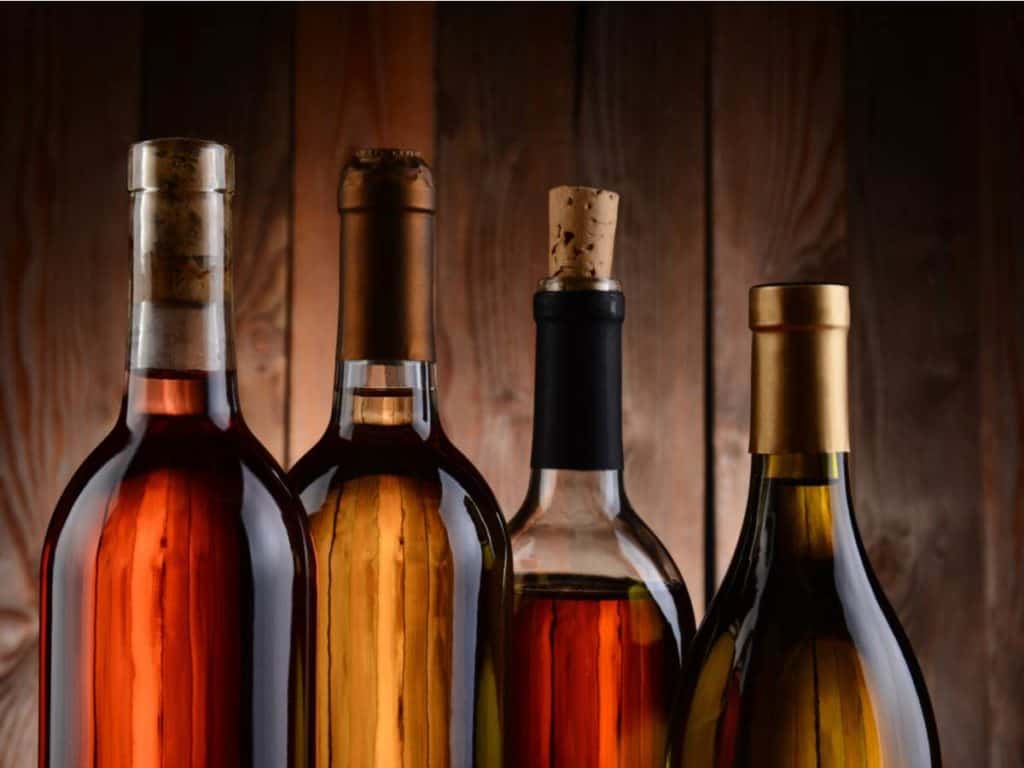
Bottling
Almost all blush wines are bottled and consumed right away. The only exception is vintage rosé champagne which benefits from bottle aging. Other than this type of wine, all other types should be served young and finished up before the next vintage.
Before bottling a blush wine, especially a blush wine, add fining agents to get rid of any haziness in the drink’s appearance. It will then be ready for immediate consumption.
Serve The Wine
The best part about making your own blush wine is being able to create your own custom taste. Irrespective of whether you’ve made a dry or sweet wine, you’ll want to serve it chilled. The wine has a delicate composition and gentle character which means cool temperatures bring out the best it has to offer.
Best Ways To Chill Blush Wine
Wine Refrigerator
There are a couple of ways to chill your blush wine. The most common one is using a wine refrigerator. These heat dispelling systems are designed specifically to operate at the ideal temperature for cooling wines. However, this isn’t a practical option for some people. If you fall in that category, we have some other options for you.
Ice Bucket
You can submerge a bottle of wine in a bucket filled with ice, water, and a few spoons of salt. Since salt reduces the freezing temperature of water, your wine will stay at the ideal temperature for a long time without becoming too cold.
Cooled Grapes
Another option is using cooled grapes. Depending on what grape varieties you used to make your wine, you can pick a complementary variety and freeze them. Then use individual grapes as an alternative to ice cubes and add them to your guests’ glasses.
What Not To Do
We don’t recommend using ice cubes because they can dilute a wine’s flavor as they melt.
Food Pairings
Pairing a blush wine with food is really easy because they go well with several types of food. As a general rule of thumb, you should pair light wines with light food. For instance, blush wine with an ABV value of around 12% would pair well with a cheese platter.
On the other hand, a bolder blush wine would go well with barbecued meat or seafood like salmon. The pairings depend entirely on how strong and sweet or dry your wine is.
Final Thoughts on Making Blush Wine at Home
Making homemade blush wine is all about figuring out what sort of wine you want to end up with.
Start with deciding what grape variety you want to use. There are endless options with varying levels of sweetness. If you’re confused, just think about your favorite bottle of blush wine and use the varieties used in it.
Then pick a wine-making process. We’ve given you four options and listed them in order of how common they are. Choose the one you think best suits your needs.
The next steps are bottling and serving. Bottling is fairly straightforward; serving is two-pronged: you have to chill and then pair. Always serve blush wines chilled and remember to pair them with foods that will elevate and complement their flavor.

